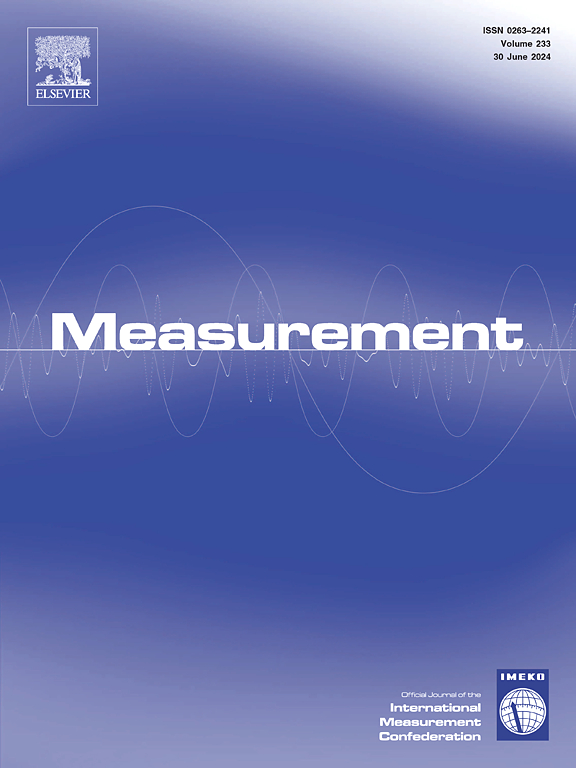An overview of the current state of knowledge and technology on techniques and procedures for signal processing, analysis, and accurate inference for transportation noise and vibration
IF 5.2
2区 工程技术
Q1 ENGINEERING, MULTIDISCIPLINARY
引用次数: 0
Abstract
This review paper provides a thorough review of the current state of knowledge and technology in noise and vibration research within the transport sector, with a particular focus on signal processing, analysis methods, and inference techniques. This paper highlights the practical relevance of these advancements by addressing the engineering challenges associated with diverse transport modes, including road, rail, air, and marine systems. This review paper examines the cutting-edge techniques such as time–frequency analysis, wavelet transforms, and machine learning algorithms, using a systematic approach based on the PRISMA framework. These methods not only improve the detection, characterization, and mitigation of noise and vibration but also enable accurate diagnostics and informed management strategies essential for the engineering domain. Key practical applications include the use of advanced digital signal processing techniques in vibration-based structural health monitoring and the use of machine learning for noise reduction and inference. Additionally, the historical evolution of noise and vibration research is explored, showcasing the interdisciplinary integration of artificial intelligence in contemporary engineering approaches. The study identifies critical research gaps, such as the need for adaptive algorithms and real-time processing capabilities, while emphasizing the emerging role of electric vehicles and artificial intelligence-driven technologies in creating quieter, more efficient transport systems. By addressing these challenges, this work contributes to safer, more sustainable transportation infrastructures, offering a valuable resource for researchers, engineers, and policymakers. The findings highlight the transformative potential of advanced signal processing in tackling real-world noise and vibration challenges, fostering engineering solutions that enhance transportation safety and sustainability.
求助全文
约1分钟内获得全文
求助全文
来源期刊

Measurement
工程技术-工程:综合
CiteScore
10.20
自引率
12.50%
发文量
1589
审稿时长
12.1 months
期刊介绍:
Contributions are invited on novel achievements in all fields of measurement and instrumentation science and technology. Authors are encouraged to submit novel material, whose ultimate goal is an advancement in the state of the art of: measurement and metrology fundamentals, sensors, measurement instruments, measurement and estimation techniques, measurement data processing and fusion algorithms, evaluation procedures and methodologies for plants and industrial processes, performance analysis of systems, processes and algorithms, mathematical models for measurement-oriented purposes, distributed measurement systems in a connected world.
 求助内容:
求助内容: 应助结果提醒方式:
应助结果提醒方式:


